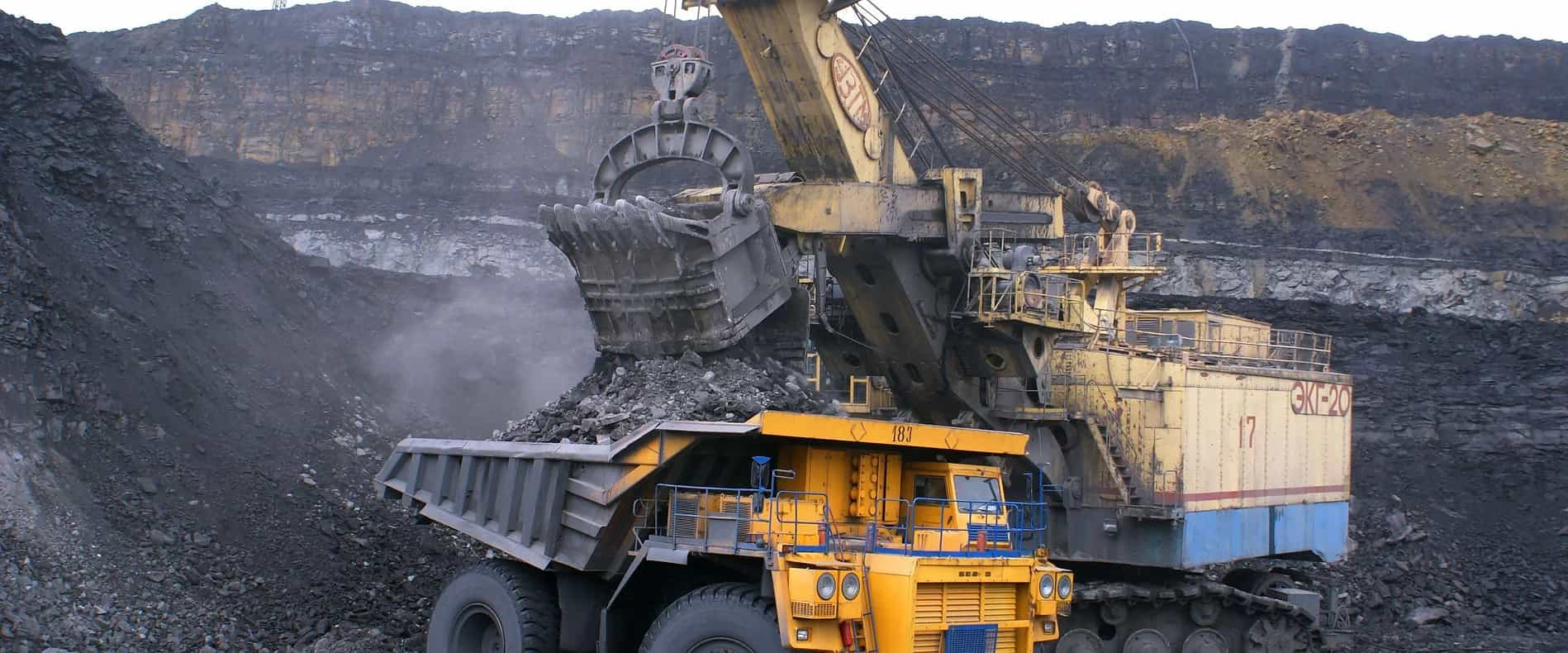Resource Optimization
Sept 05, 2023

Introduction
Geopolymer concrete, in its quest for sustainable and eco-friendly construction, capitalizes on an extraordinary opportunity to utilize aluminosilicate, a fundamental component that can be sourced from quarry waste and mining waste rocks. These materials, often seen as remnants of excavation and mineral processing, are rich in aluminosilicate content, which is a key ingredient in geopolymer concrete production.
When aluminosilicate-rich waste materials from quarries or mining operations are used, they undergo a chemical process that turns them into a binding agent, effectively replacing the need for traditional cement made from energy-intensive and carbon-emitting clinker production. By incorporating these waste materials into geopolymer concrete, we not only reduce the burden on landfills and environmental hazards associated with waste disposal, but we also extract more value from these underutilized resources.
This transformation of waste into a valuable resource presents a win-win scenario: it mitigates the negative impact of waste on the environment while contributing to the promotion of a circular economy model. This approach aligns with the global agenda to reduce waste, conserve natural resources, and establish sustainable construction practices that are essential for a greener and more responsible future.
Moreover, the abundant availability of these materials in quarries and mines enhances the viability and scalability of geopolymer concrete, making it a promising and environmentally conscious choice in the realm of modern construction.